Six cars that are shaped like Easter eggs! Axon’s Automotive Anorak
Ever since childhood (too many years ago!) I’ve been mildly intrigued as to why eggs form part of the Easter celebrations. With Easter now just days away, and currently spending considerably more time at home than usual (along with billions of others around the world), curiosity finally got the better of me the other day, so I tapped ‘why do eggs form part of Easter traditions’ into a well-known search engine, and here’s a condensed version of what popped up.

‘Eggs have been associated with the Christian festival of Easter since the early days of the church. With the rise of Christianity in Western Europe, the church adapted many pagan customs and the egg, as a symbol of new life, came to represent the Resurrection.’ Well, thanks to the Cadbury’s website, this life-long mystery (for me at least) has finally been answered.
Although I won’t personally be stuffing my face with Easter eggs this weekend (I’m only venturing out of the house to briefly visit the local supermarket once a week for essentials, and I don’t regard chocolate eggs as a real ‘essential’), the form of an egg has always fascinated me as a near-perfect piece of engineering and ‘design’.
In its naturally form, an egg is aerodynamically superior and unfeasibly strong, failing to be damaged or even break when dropped from a great height (assuming it lands correctly, which in nature it invariably does not).
Engineers can (and have) learned a lot from the simplicity, wonder and slippery form of an egg for countless years. When Saab engineers invented and introduced the world’s first passenger safety cell in a motor car (the 1947 Ur-Saab and production 92), for example, they cited an egg as part of their inspiration.
Renowned vehicle aerodynamicists such as Austrian-born Paul Jaray (1889-1974, the ‘designer’ of streamlined Zeppelin airships and pre-war Tatra and other automotive prototypes), and French slippery sports car maker and Le Mans ‘Bugatti’ circuit designer, Charles Deutsch, also mentioned eggs in their studies to cleave through the air as efficiently as possible.
As a special Easter treat, here are half-a-dozen egg-shaped cars from history. Just be sure not to devour them all at once to avoid discomfort!

A.L.F.A. 40/60 HP Aerodinamica by Castagna (1914)
Ahead of becoming more widely known as Alfa Romeo, in 1913 A.L.F.A. introduced its 6.0-litre 40/60 HP chassis for both road and race car use, with just 27 examples produced.
In 1914 a local Milanese count, Marco Ricotti, commissioned Milan coachbuilder Carrozzeria Castagna to construct a unique and ultra-modern aerodynamic enclosed body, based on an A.L.F.A. 40/60 HP chassis. The result was the advanced Aerodinamica (also known as the Siluro Ricotti), a one-off prototype model which could reach a heady 86mph (139km/h), an exceptional top speed for the era. A replica of the Aerodinamica was created in the 1970s, and can now be seen on display in the Alfa Romeo Historical Museum in Italy, somewhere well worth a visit in brighter times once the current pandemic and lockdown are over.

Steyr 50/55 (1936)
Launched at the 1936 Berlin Motor Show, and pre-dating the rotund KdF/Volkswagen ‘Beetle,’ the more space-efficient Steyr 50 (and later 55) was a small and streamlined Austrian economy car, powered by a compact 22hp flat-four engine.
The Steyr’s egg-like profile was created by Karl Jenschke, who moved on to Adler before the Type 50 was revealed to design similar streamlined models for the German car marque (which switched from making cars to type writers immediately post-war!). Around 13,000 Steyr 50/55 models were produced before the outbreak of WWII stopped production.

Arzens L’Oeuf (1942)
During the Second World War, French ‘futurist’ industrial designer Paul Arzens presented his visionary ‘l’Oeuf’ (French for ‘egg’) in 1942. With fuel strictly rationed and in very short supply, Arzens drove this egg-shaped car around occupied Paris himself, using a small electric motor for power.
L’Oeuf used Plexiglas extensively, with many of the other materials Arzens used to make this one-off city car being sourced second-hand, such as the seats, which were made out of beach chairs fixed on the frame. Arzens never tried to produce the l’Oeuf commercially for public sale, in line with La Baleine (the whale), a long, streamlined Buick-based roadster, first revealed by Arzens in 1937. Both of these Arzens prototypes thankfully survive and can still be seen at the highly-recommended Cite de l’Automobile (ex-Schlumpf) museum in Mulhouse, France.

An ISO Isetta competing in the 1954 Mille Miglia. This was the leading Isetta, finishing first in class ahead of four others.
ISO Isetta (1953)
Created and initially manufactured by ISO SpA, the Italian maker of domestic appliance ‘white goods’, the Isetta set the pattern for a gaggle of nasty ‘bubblecar’ economy microcars throughout the 1950s and early 1960s.
Taking its Isetta name as a diminutive form of Iso, meaning ‘little Iso’ in Italian, ISO quickly sold the rights to its bubblecar to BMW in Germany (which ultimately saved the Bavarian car and motorcycle maker from bankruptcy), as well as other companies as far and wide as France, Argentina, Brazil, and many other locations.
With its distinctive front opening access door and swing-away steering wheel, the egg-shaped Isetta spawned a host of copycat bubblecar rivals, such as the German Heinkel and Dutch Hoffman, with these microcars briefly proving popular before being outmoded by the BMC Mini in 1959.

Colani City Car (2006)
Instantly recognisable as the fluid work of the eccentric German-born industrial design guru, Luigi Colani, his yellow City Car prototype clearly drew inspiration from a simple egg. Colani went on to explore his 2006 City Car concept form through subsequent egg-shaped prototypes, using Smart running gear and aimed at the rapidly emerging Chinese new car market.
As an amusing and resourceful aside to his fanciful designs, Colani re-used his ‘signature’ three-blade windscreen wiper system (resembling the three-pointed star Mercedes-Benz logo) on the City Car, first seen in 1995 on one of his outstandingly-futuristic Mercedes truck cabs.

Cadbury’s Cream Egg Car (2000s)
Arguably the ultimate egg-shaped car, Cadbury’s had five the ‘Creme Egg Cars’ made around 2000 as promotional vehicles, based around the running gear of Bedford/Vauxhall Rascal vans, and using Citroen 2CV headlights. As their name suggests, the five Cream Egg Cars were ovular vehicles, painted to look like Creme Eggs, and driven around the UK to promote this seasonal chocolate treat.
I hope you enjoyed these cracking ‘eggxamples’ of oval-shaped cars. Have a very Happy Easter, and stay safe, stay well, and stay at home.
Colani
Luigi Colani
Axon's Automotive Anorak
ISO
Isetta
Alfa Romeo

News
Axon's Automotive Anorak: Luigi Colani – from toothbrush to speed-record Ferrari Testarossa

News
Eight cars named after dogs | Axon’s Automotive Anorak

News
Axon’s Automotive Anorak: Isetta – the terrible car that saved BMW


